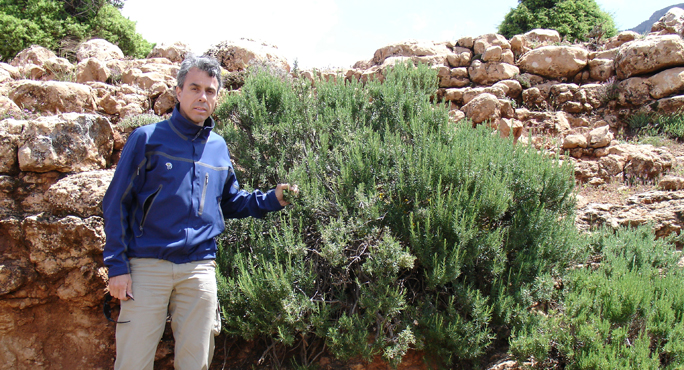Medicine Hunter, Inc. © 2006
The world population is expected to reach 7.2 billion in 2015. In 1960, the world population was 3 billion. The explosion in population puts intense pressure on natural resources of every kind. This is also true with medicinal and other beneficial plants. More people need and want more of everything, from water to wood to protein foods.
Some plants can be harvested in the wild without damaging the supply. A good example is rosemary in the Atlas mountains of Morocco. Even with an annual harvest of several thousand tons of rosemary, the supply is barely touched. And rosemary, once cut, grows back even more lush. By contrast, the wild harvesting of India’s most popular medicinal plant Ashwagandha is not at all sustainable. Dwindling supplies in the wild necessitate cultivation, or this highly valuable plant will be wiped out. In fact, as many as 10,000 of the 50,000 medicinal plants currently in use globally are endangered due to over-harvesting in the wild.
At Medicine Hunter we work to establish sustainable harvesting programs for various botanicals. If a crop is cultivated, we promote certified organic or de-facto organic cultivation, without the use of dangerous agritoxins. If a crop is harvested in the wild, we work with collectors to reduce environmental impact and to ensure the long-term viability of that plant species. Sustainable cultivation and wild-harvesting practices help to ensure that valuable plant medicines will be available today and tomorrow.


